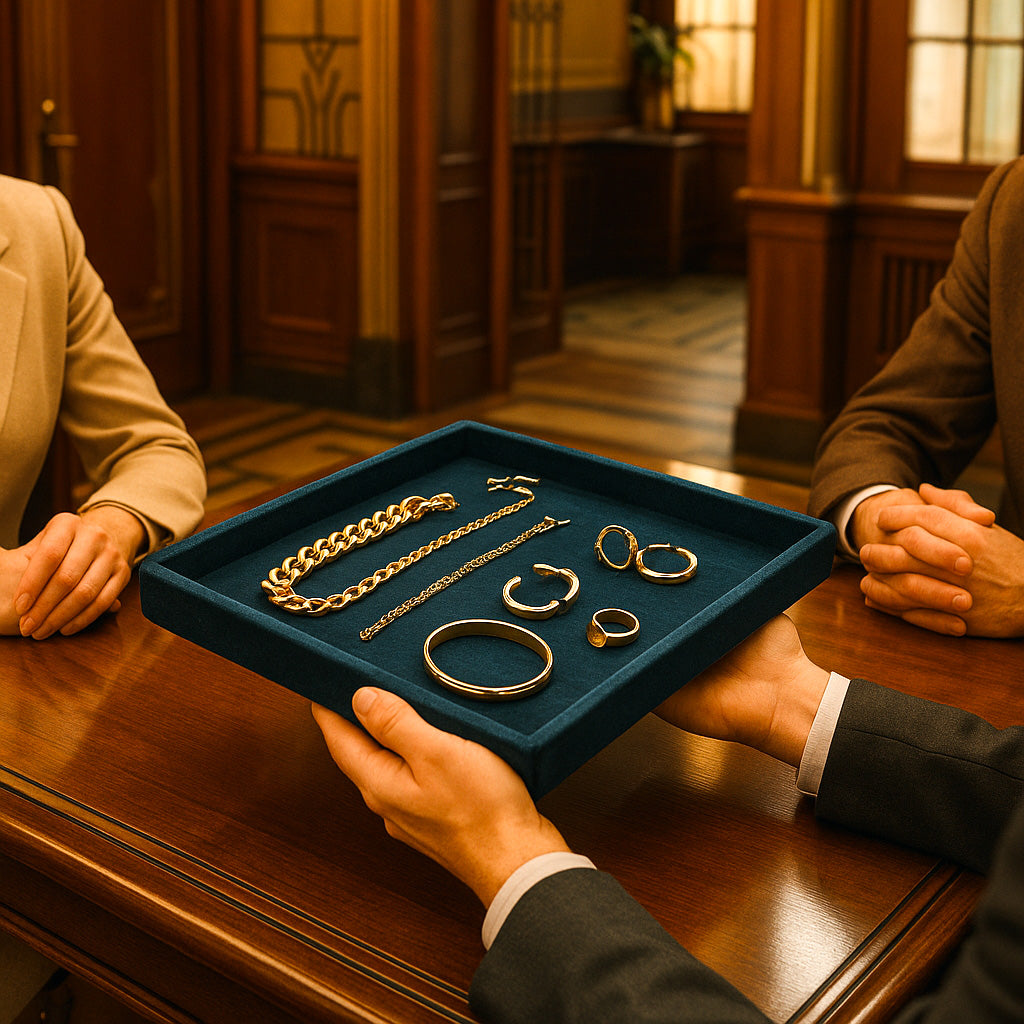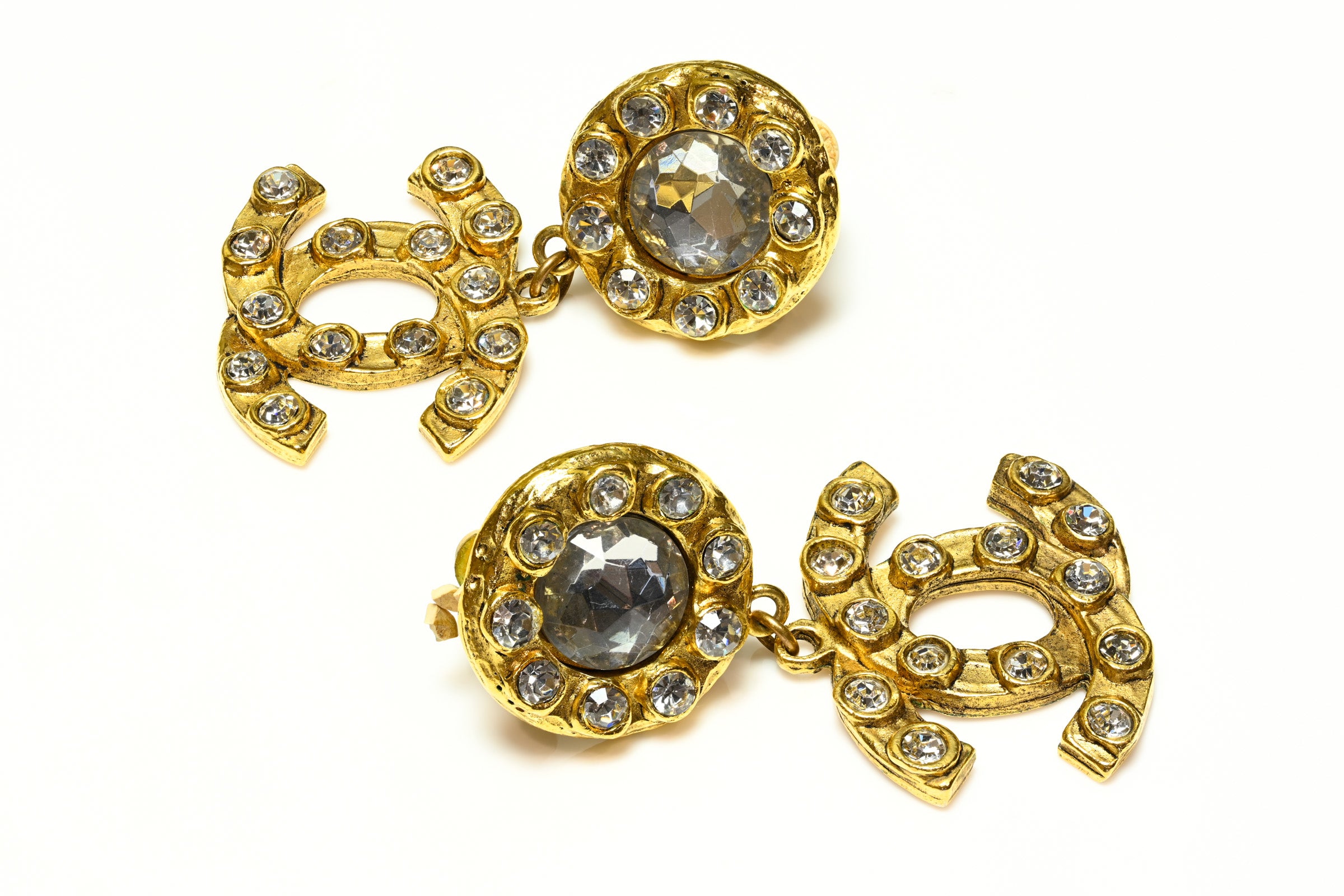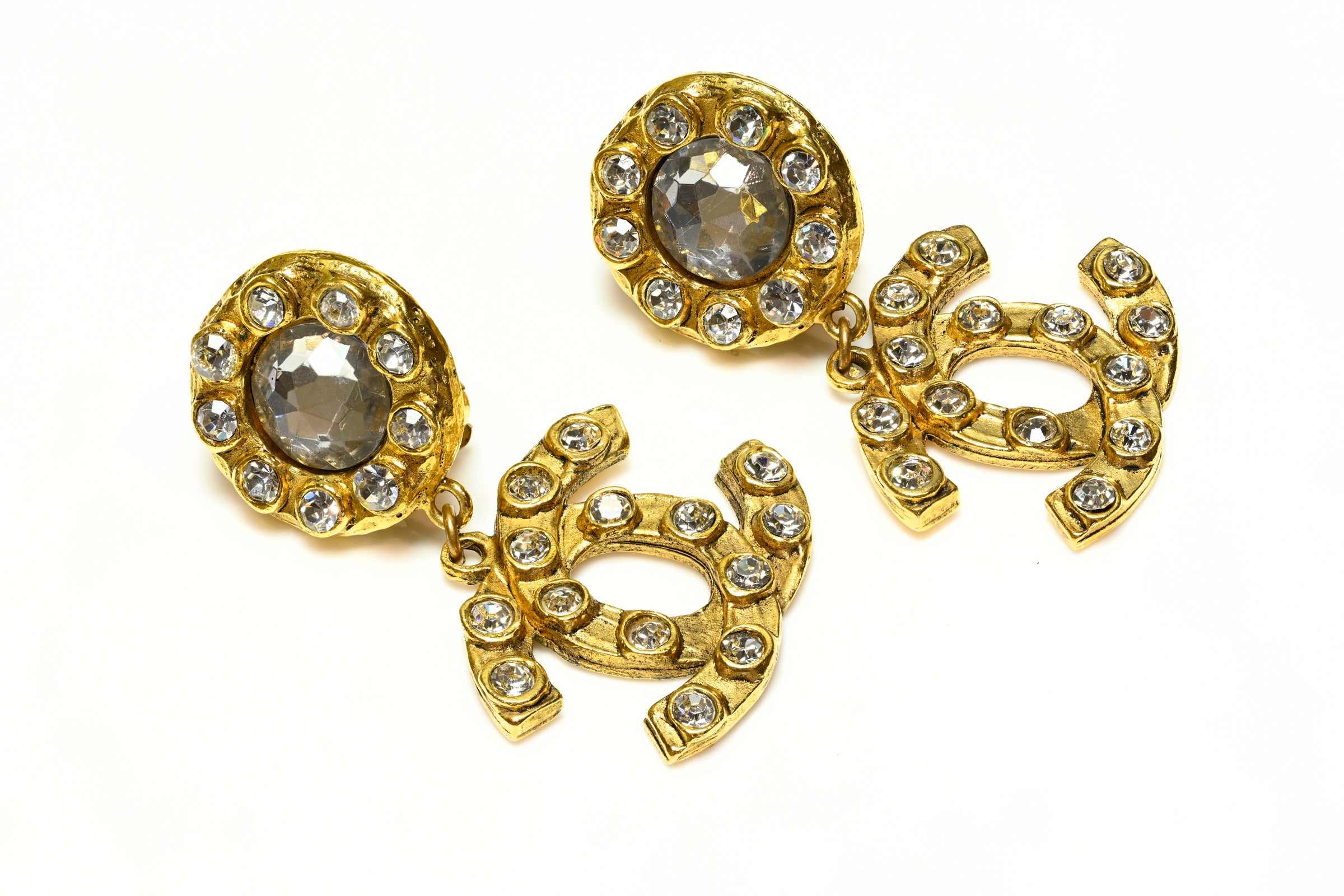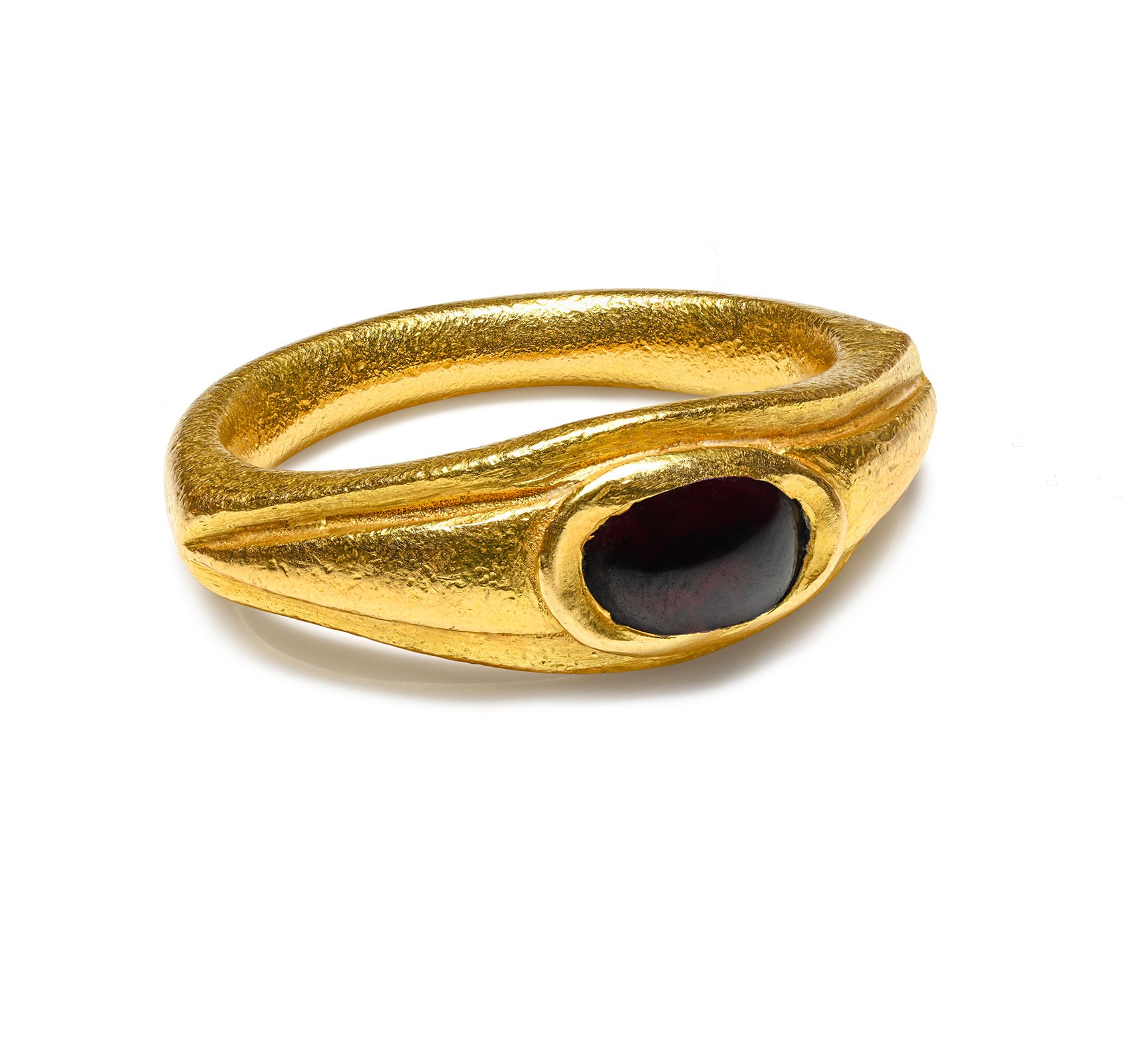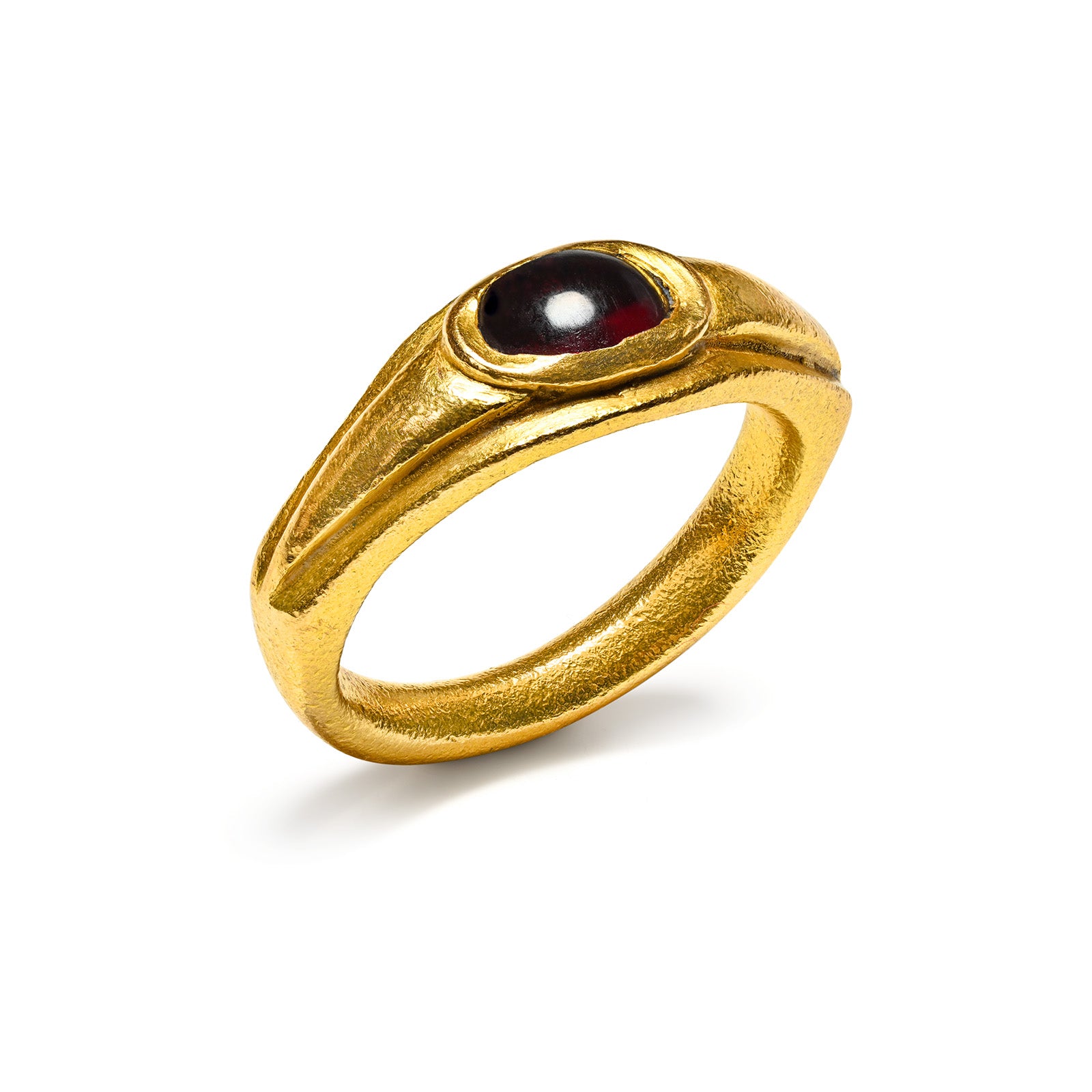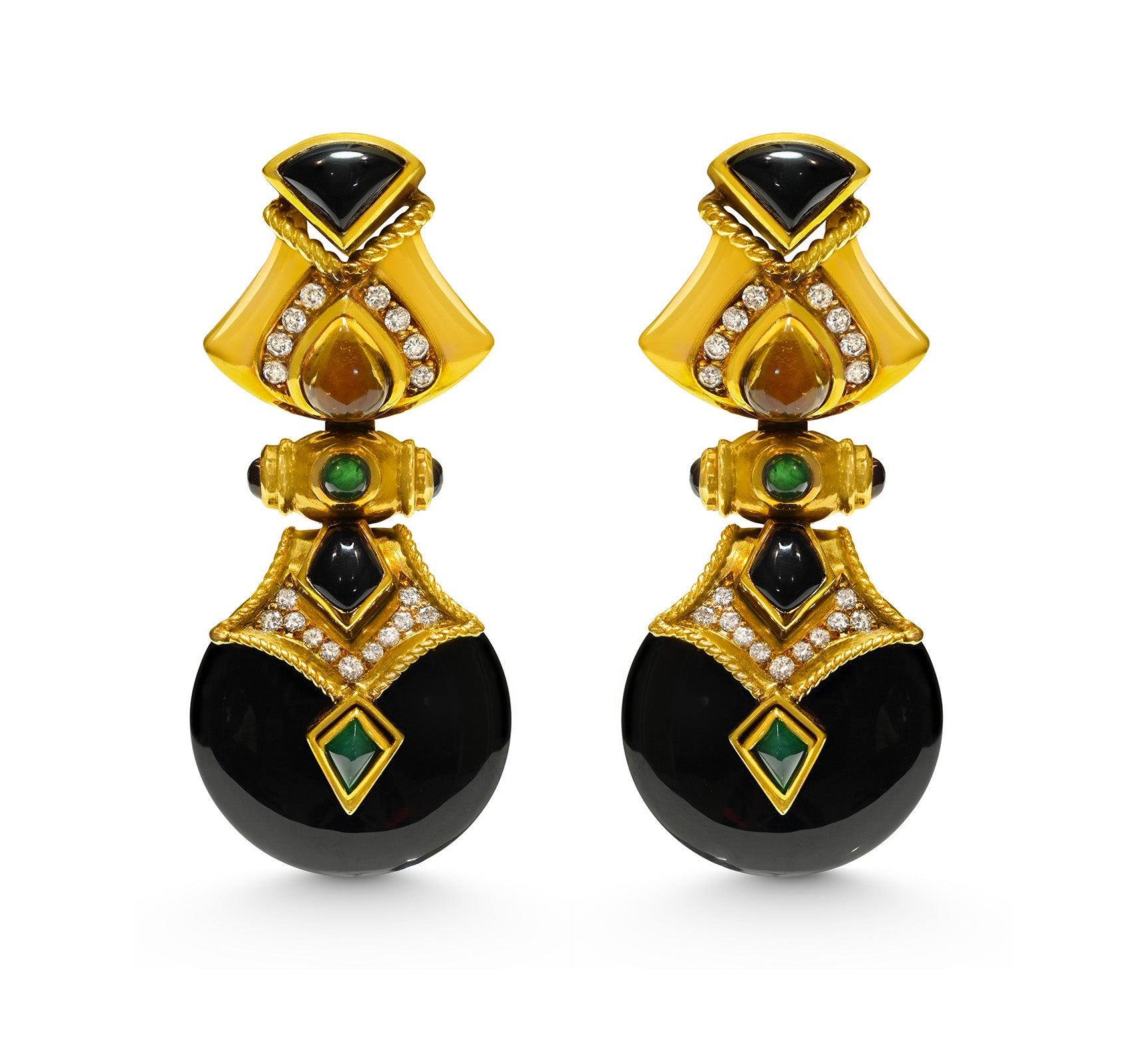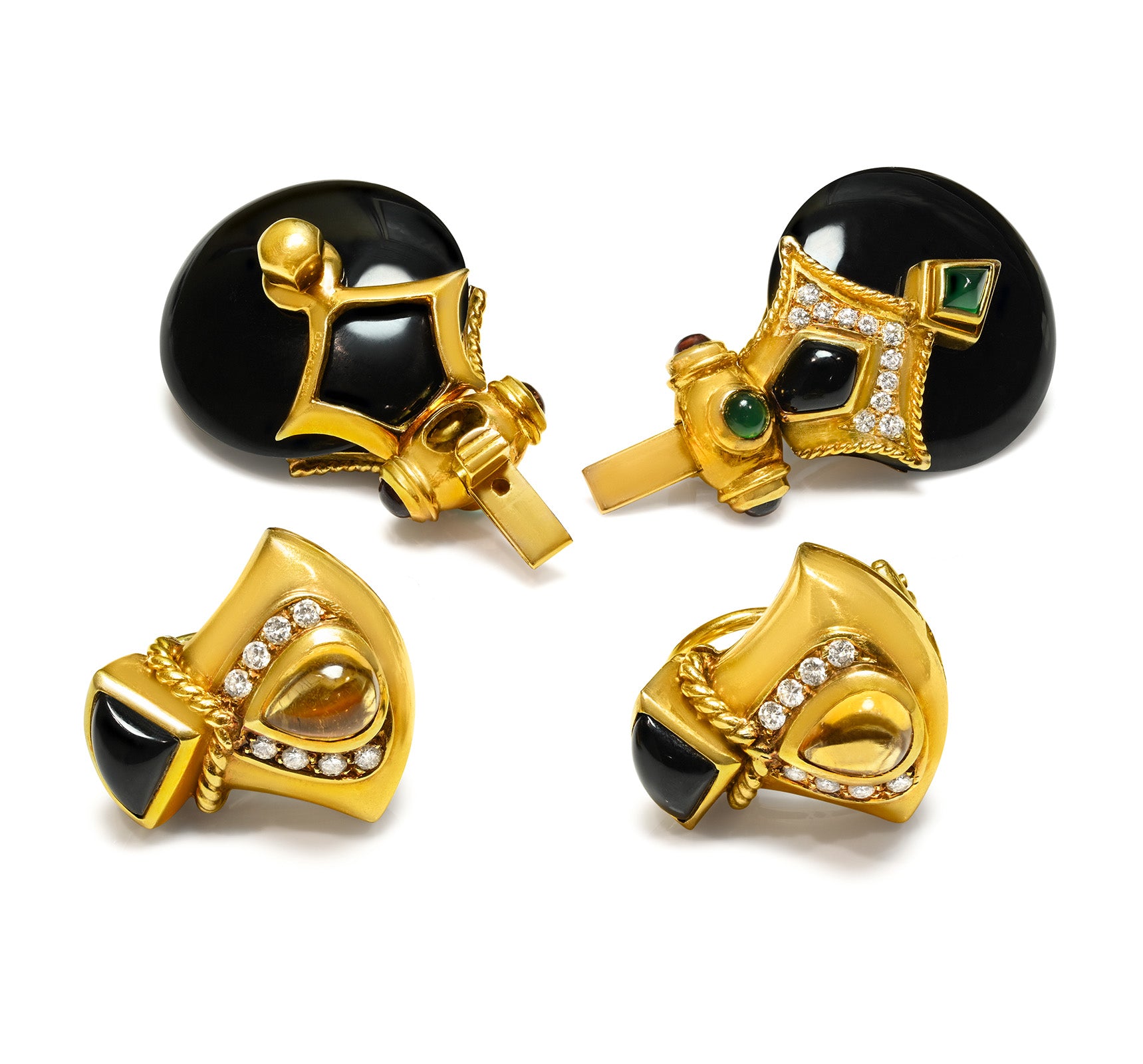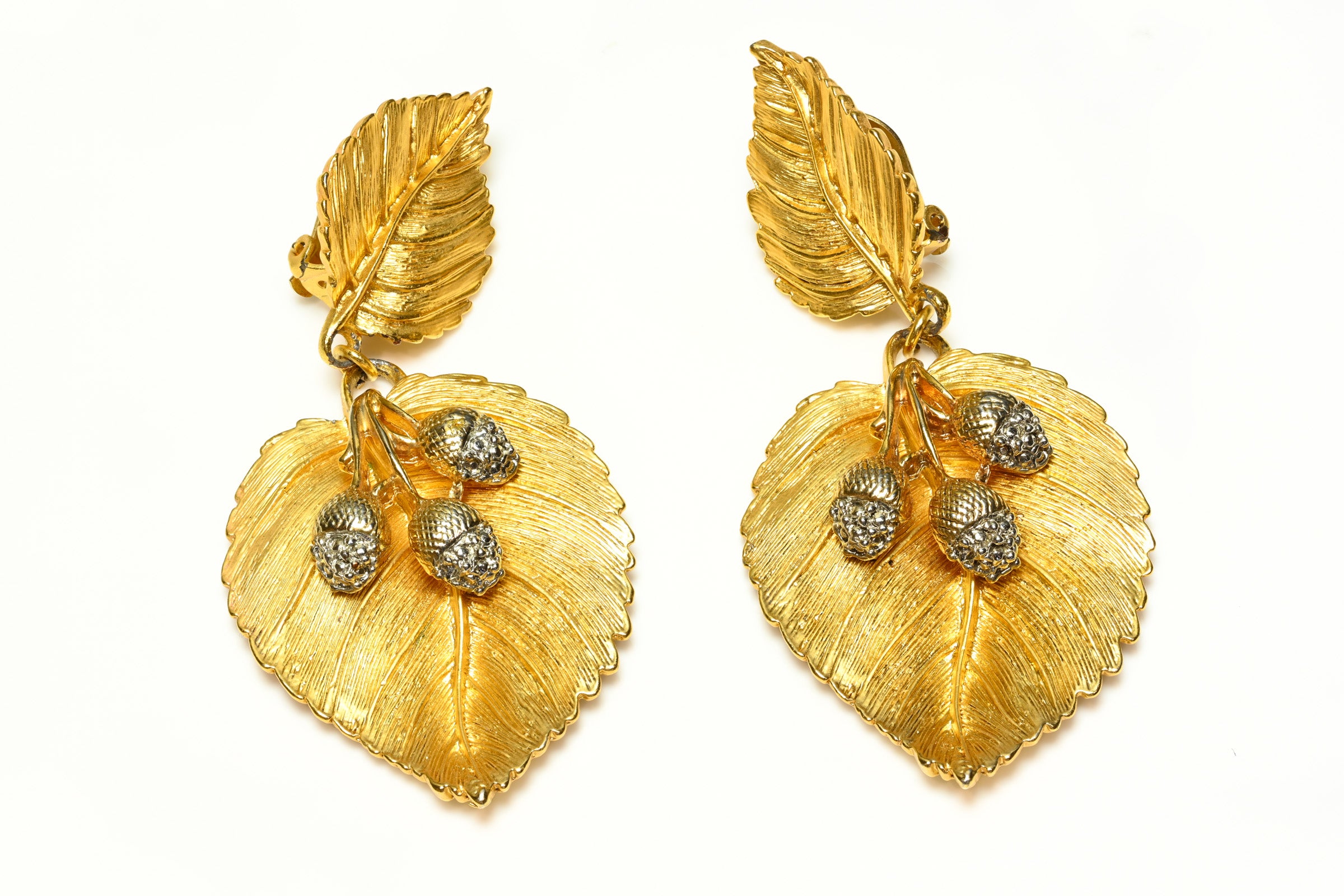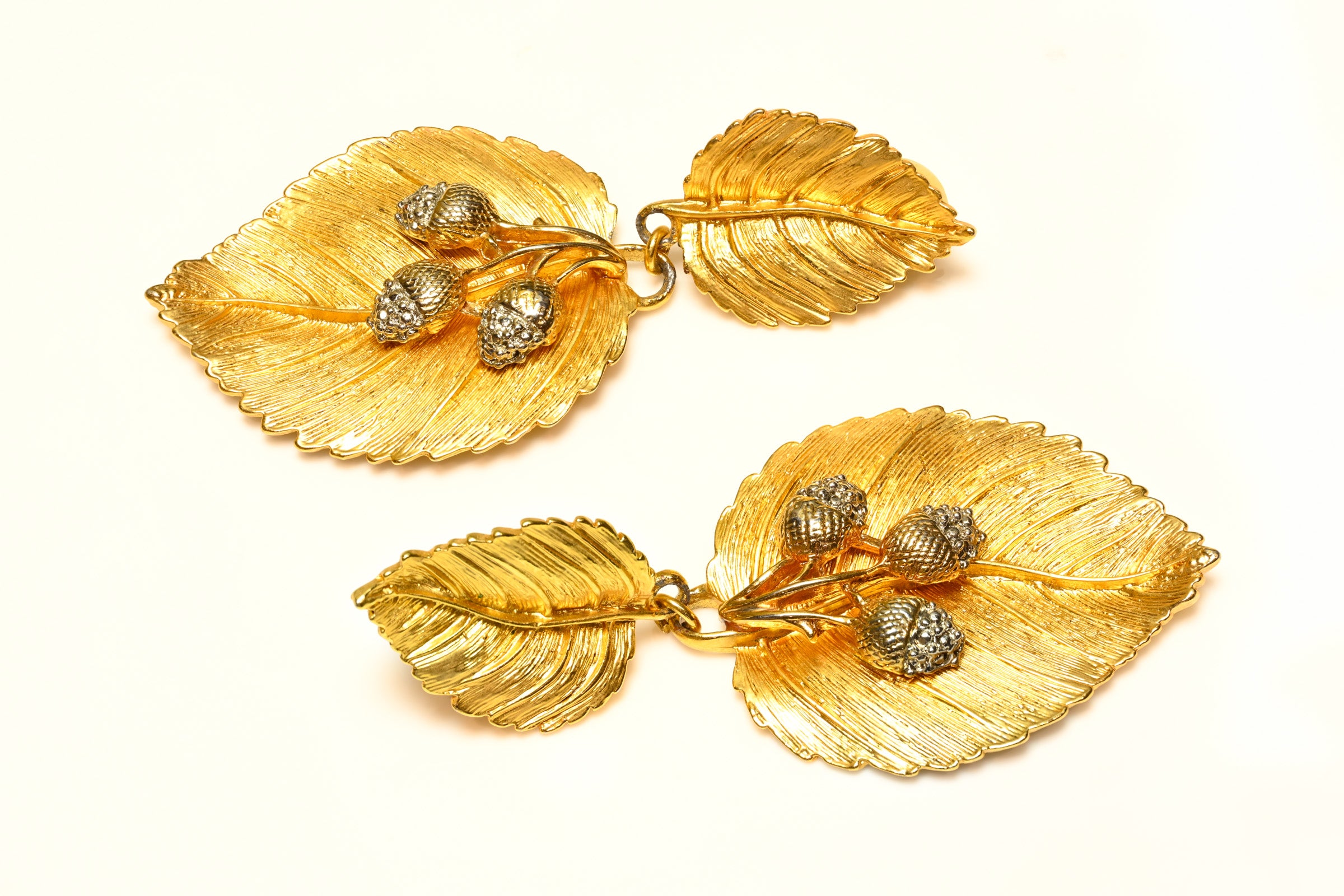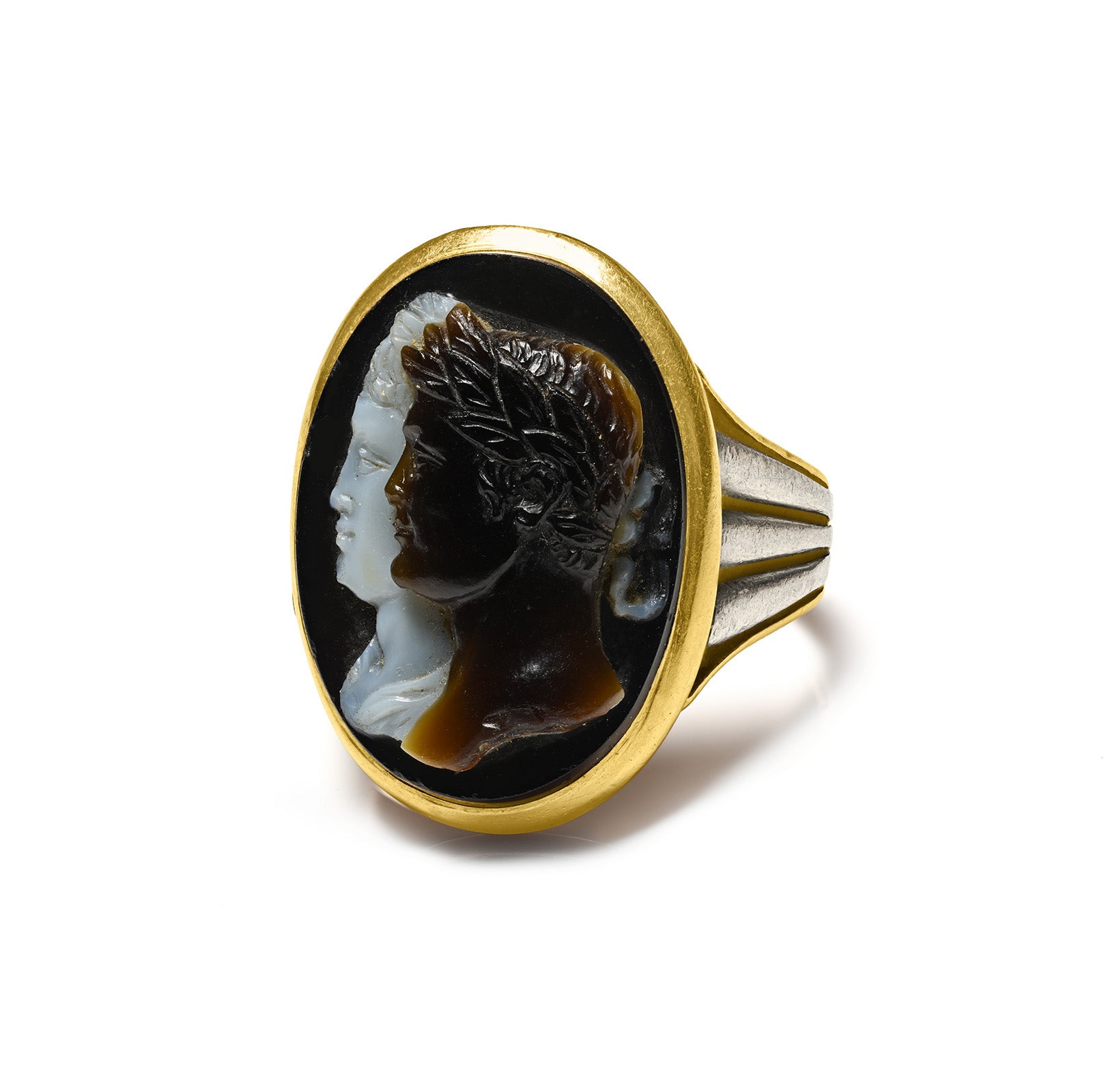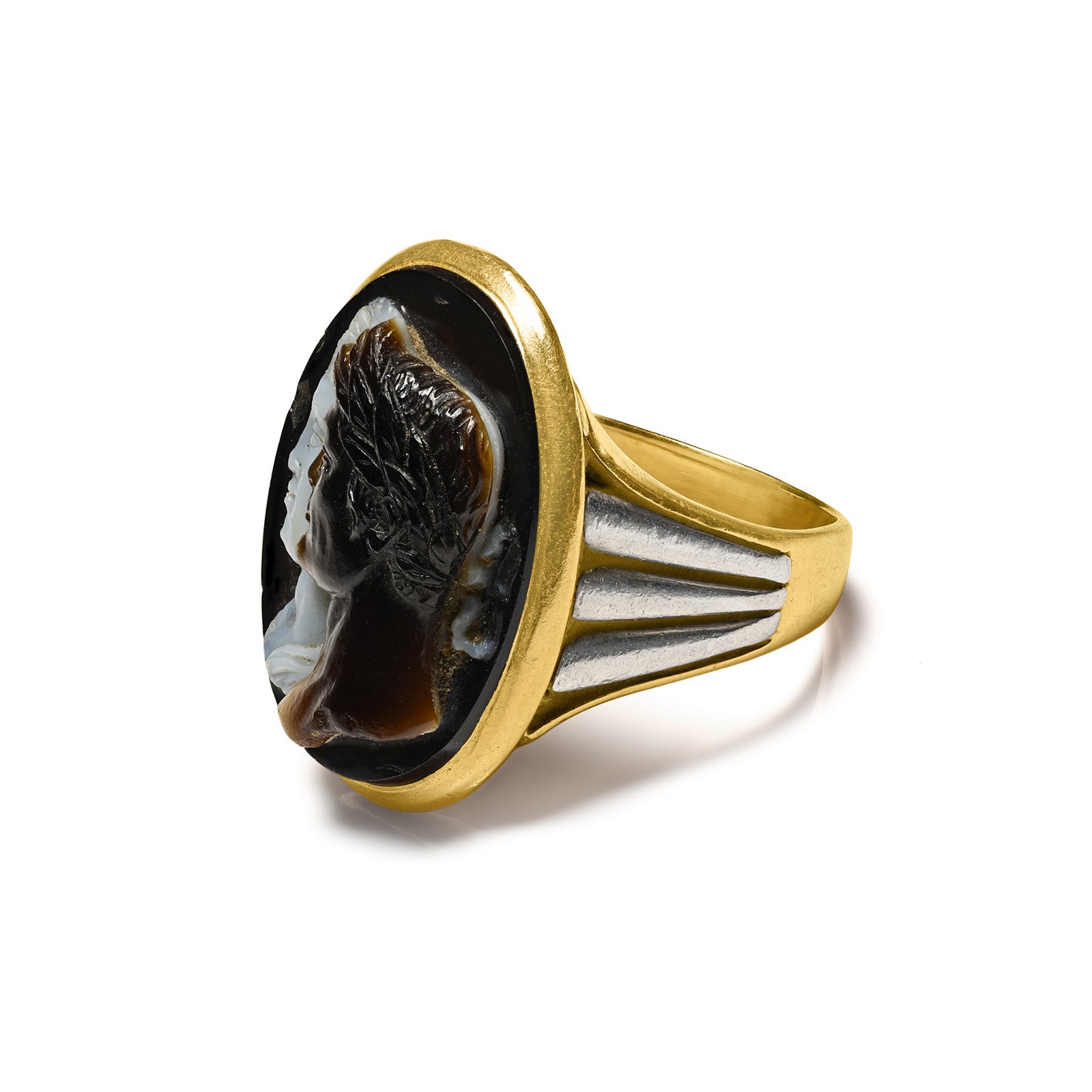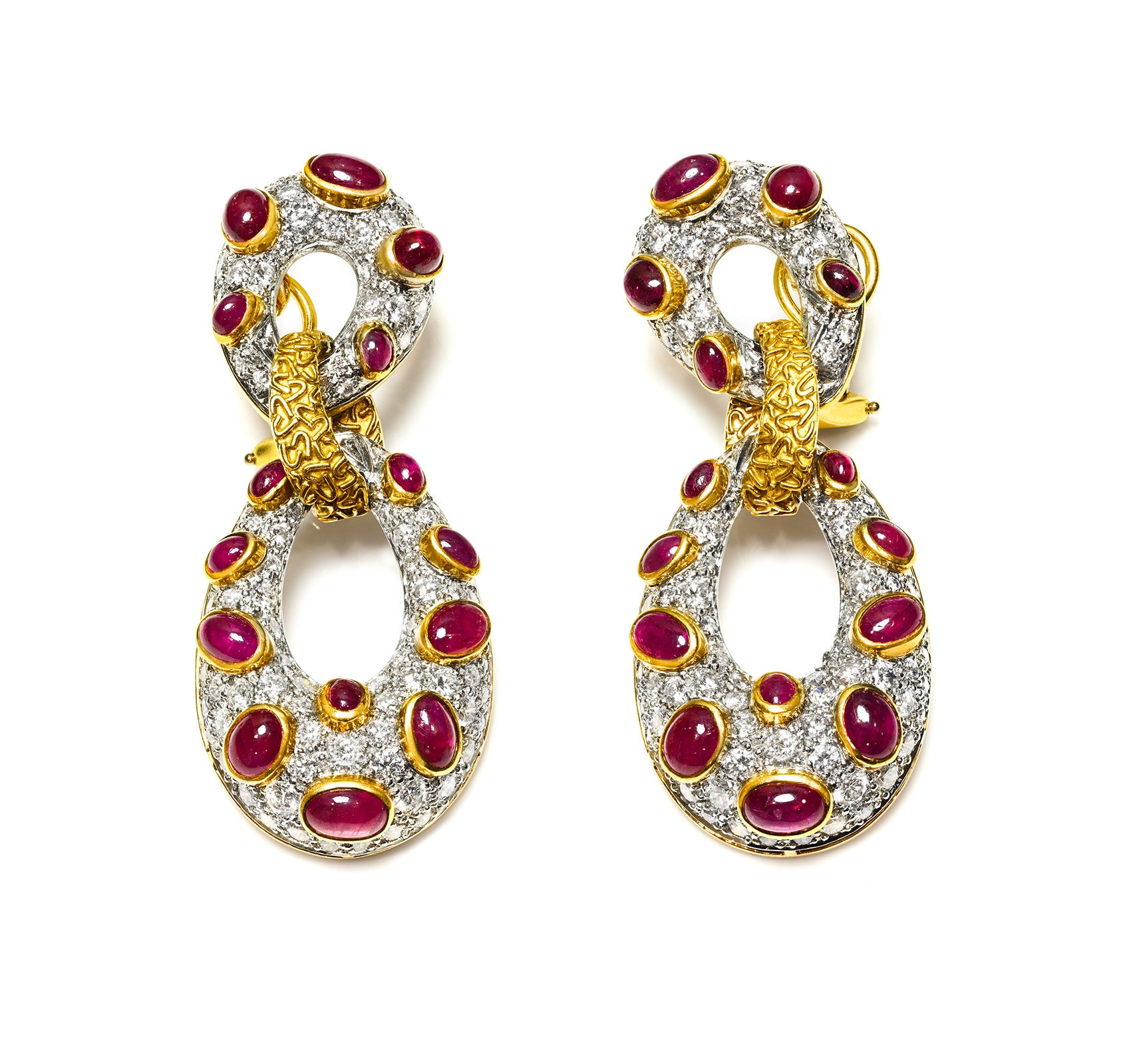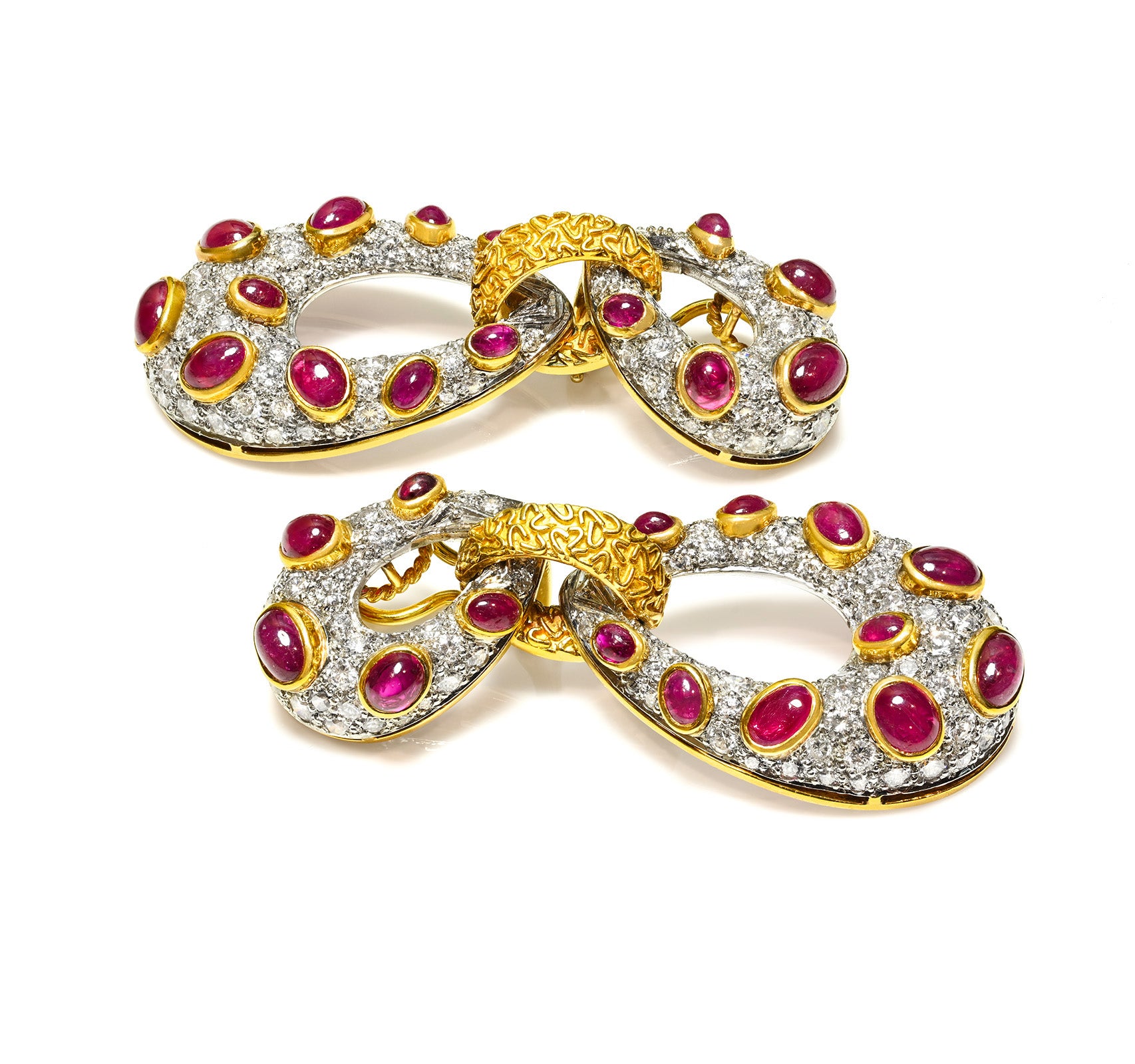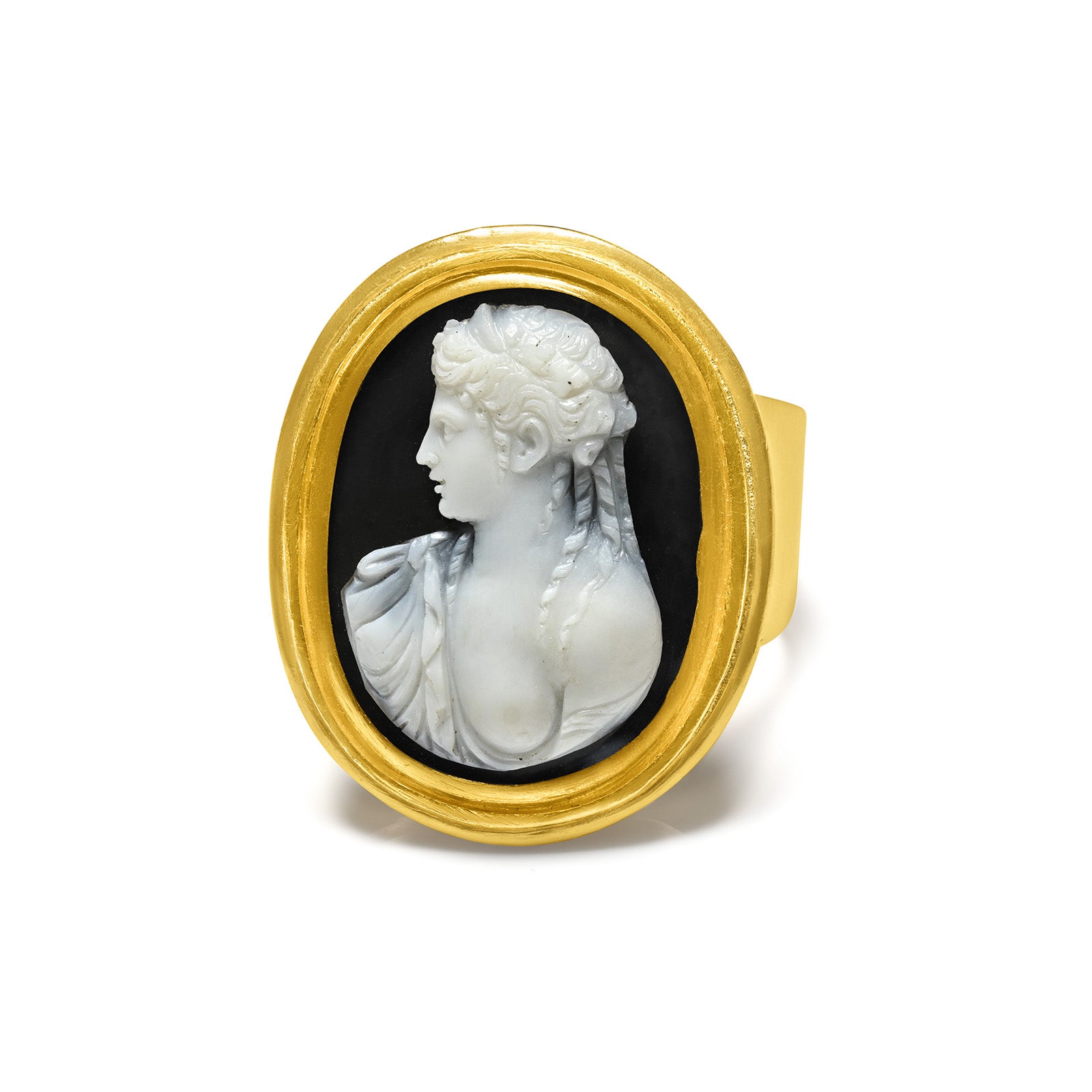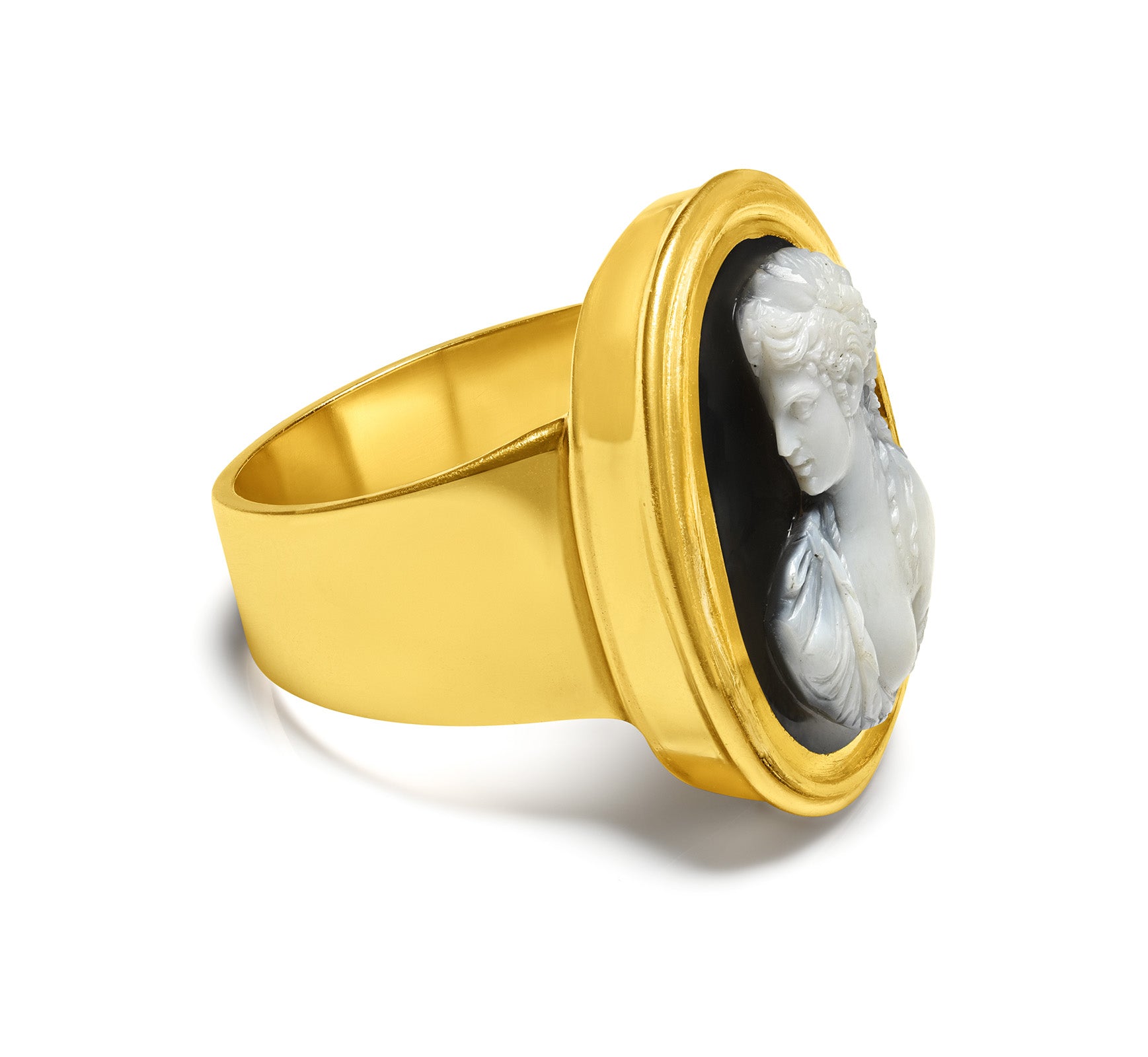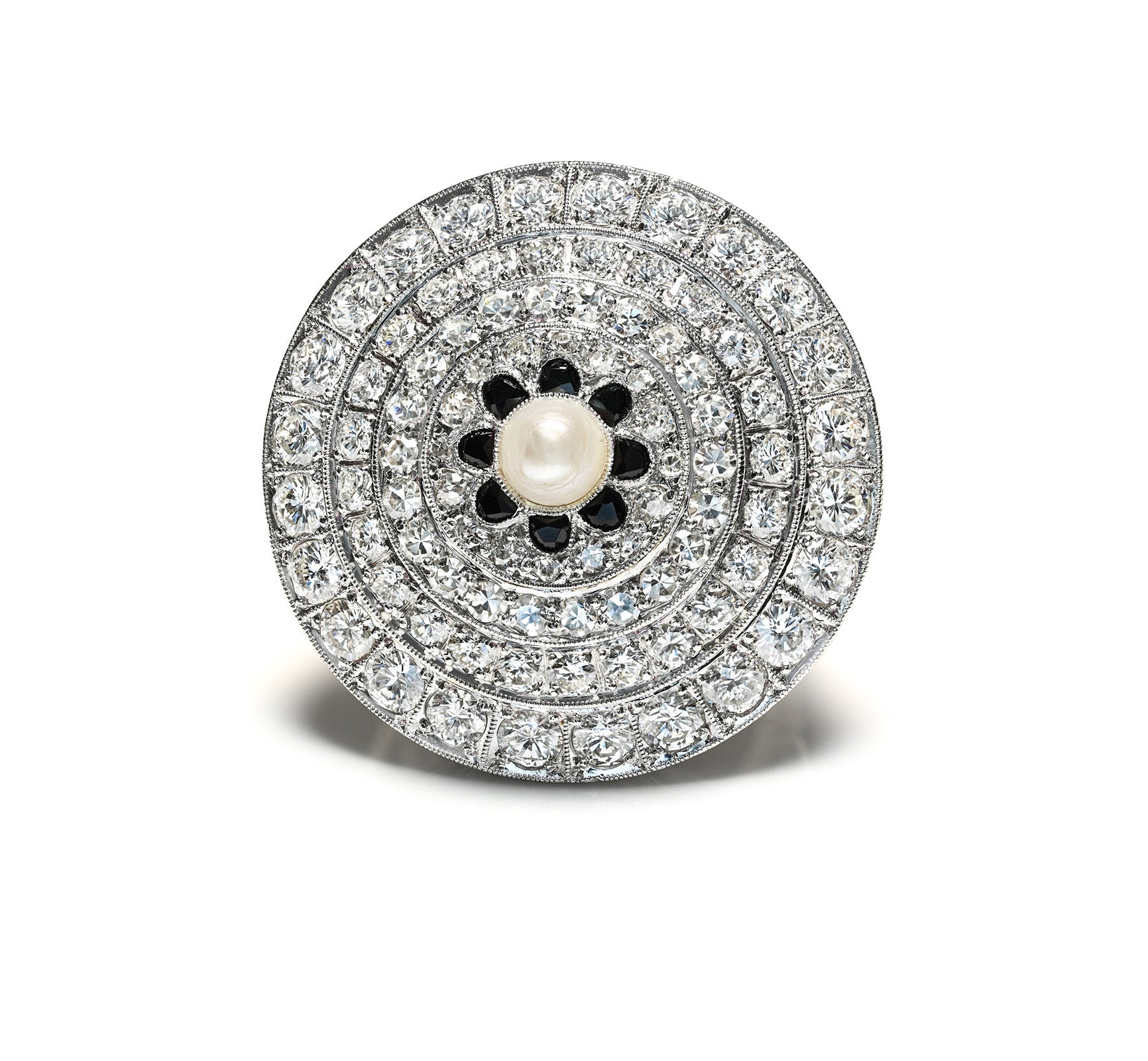
Art Deco at 100: How High Jewelry Houses Embrace Japan
The year 2025 marks the centenary of the Art Deco movement, one of the most influential design eras of the 20th century. For the world’s most prestigious high jewelry houses, this milestone is not only a chance to honor the aesthetic legacy of Art Deco but also an opportunity to engage new audiences, strengthen brand positioning, and connect with collectors across continents.
At DSF Antique Jewelry, we recognize how anniversaries such as this bring renewed attention to the artistry and cultural value of antique and vintage jewels. The latest exhibitions staged by Van Cleef & Arpels, Bvlgari, Cartier, Chaumet, and Pomellato show that Art Deco’s enduring influence continues to inspire — and that Japan, in particular, has become a vital stage for luxury storytelling.
The Legacy of Art Deco Jewelry
Born in the 1920s, Art Deco represented a dramatic shift from the flowing lines of Art Nouveau. Its style emphasized symmetry, geometry, bold contrasts, and the use of precious materials in striking combinations. Motifs often drew inspiration from modern technology, ancient civilizations, and exotic cultures, resulting in jewelry that was both glamorous and avant-garde.
Art Deco jewelry was defined by:
-
Geometric Precision: Bold lines, chevrons, and stepped designs.
-
Color Contrasts: Use of diamonds paired with onyx, jade, lapis, and coral.
-
Innovative Settings: Invisible settings, platinum mountings, and pavé techniques.
-
Cultural Fusion: Inspiration from Egyptian, Indian, and Asian art following global discoveries and travel.
These features still resonate with collectors today. For DSF Antique Jewelry, Art Deco pieces are among the most sought-after in our collection because they embody both the modern spirit of the 1920s and timeless craftsmanship.
Van Cleef & Arpels: Timeless Art Deco in Tokyo
To celebrate the centenary, Van Cleef & Arpels unveiled Timeless Art Deco, a landmark exhibition hosted at Tokyo’s Metropolitan Teien Art Museum. The show brings together 250 archival pieces, including emblematic creations such as the Minaudière vanity case, the Mystery setting that conceals prongs beneath gems, and the innovative Cadenas watch.
Why Tokyo? The museum itself is a masterpiece — a genuine Art Deco mansion that creates a striking dialogue between architecture and jewelry. Alexandrine Maviel-Sonet, Van Cleef & Arpels’ exhibitions director, explained: “The dialogue between our pieces and the architecture is striking, as we see common sources of inspiration.”
The maison also partnered with L’École des Arts Joailliers, its school of jewelry arts, to host lectures and educational programs that explore both Art Deco and the exhibition’s context. For DSF, this combination of jewels, architecture, and education demonstrates how exhibitions can elevate jewelry beyond adornment — presenting it as living art and cultural heritage.
Japan: A Safe Haven for Luxury
Beyond aesthetic considerations, Japan offers strategic advantages. As luxury spending in China contracted by nearly 20% in 2024 and is expected to decline further in 2025, Japan has emerged as Asia’s “safe haven.” A weaker yen has drawn inbound tourism, while Expo 2025 in Osaka has added to cultural and economic momentum.
Japan also benefits from a long-standing cultural appreciation of craftsmanship and heritage, making it an ideal market for high jewelry. As Bain consultant Jeff Lindquist notes: “Japan combines resilient local wealth with a surge in inbound tourism.”
For DSF Antique Jewelry, these dynamics echo what we see among collectors globally: the desire for authenticity, artistry, and history in jewelry continues to thrive, even as markets shift.
Bvlgari, Pomellato, and Chaumet: Expanding the Dialogue
Van Cleef is not alone. Other maisons are also staging significant exhibitions in Japan, each offering a different perspective:
-
Bvlgari: With Kaleidos: Colors, Cultures and Crafts at the National Art Center in Tokyo (until December 15), Bvlgari showcases 350 jewels in a vibrant celebration of color. For a brand renowned for its bold gemstone palettes, the exhibition underscores how color itself is a signature of identity.
-
Pomellato: In Omotesando Crossing Park, Pomellato presents Pomellato, Helmut Newton & the ’80s, an exhibition of 13 Helmut Newton visuals that depict jewelry not as static objects but as part of fashion and lifestyle. This marks a new way of narrating jewelry through images that emphasize attitude, empowerment, and contemporary style.
-
Chaumet: At Expo Osaka, Chaumet immerses visitors in naturalistic inspirations through enlarged digital imagery and historic jewels, positioned alongside France’s national pavilion. For Chaumet, the participation not only reinforces cultural diplomacy but also deepens its presence in Japan — a market where its client base continues to grow.
Together, these exhibitions reveal that jewelry storytelling has expanded beyond beauty. It now integrates history, art, fashion, and lifestyle, offering audiences a richer cultural experience.
Global Exhibitions: A Strategic Playbook
Jewelry exhibitions have become a central strategy for major maisons. Cartier is currently exhibiting at London’s Victoria and Albert Museum, while Van Cleef & Arpels presents Cosmic Splendor at the American Museum of Natural History in New York. Earlier this year, Bvlgari opened an exhibition in Shanghai celebrating the Year of the Snake.
As Claudia D’Arpizio of Bain explains: “Exhibitions elevate brand equity and cultural legitimacy by showcasing heritage and craftsmanship. At the same time, they open the door to more personalized conversations with high-spending clients.”
From DSF’s perspective, this mirrors what we have observed in antique jewelry. Exhibitions — whether in museums or in the form of private viewings — help collectors connect emotionally with pieces. They are not just sales opportunities; they are about storytelling, education, and trust-building.
The DSF Perspective on Collecting Art Deco
For collectors, the renewed attention to Art Deco is significant. The movement’s bold lines and innovative techniques remain highly desirable, and its historical context — spanning the Jazz Age, women’s empowerment, and global cultural exchange — adds layers of meaning to every jewel.
At DSF Antique Jewelry, our Art Deco pieces continue to captivate clients worldwide. From geometric diamond bracelets to onyx-and-coral sautoirs, these jewels embody both artistic daring and investment value. In times of economic uncertainty, high jewelry with historic significance is increasingly seen as a store of wealth — a theme we have explored extensively in our investment guides.
Exhibitions like those in Tokyo serve to remind collectors that antique and vintage pieces are not just objects of adornment, but cultural artifacts that connect past and present.
A Century Later, Art Deco Still Inspires
One hundred years on, Art Deco continues to shine as a global language of elegance, innovation, and modernity. By staging landmark exhibitions in Japan and beyond, high jewelry houses are not only celebrating their history but also shaping their future.
For DSF Antique Jewelry, the message is clear: collectors and enthusiasts alike are increasingly drawn to jewelry that tells a story — whether that story is of a 1920s sautoir, a Bvlgari color masterpiece, or a rare antique jewel with provenance. Exhibitions make this narrative tangible, inspiring audiences to see jewelry as part of cultural heritage and personal legacy.
At DSF, we believe this is why antique and vintage jewelry remains so compelling. It carries the history of entire eras, yet remains wearable, beautiful, and enduring. Just as Art Deco bridged the past with the future a century ago, so too do our jewels — connecting today’s collectors with artistry that will inspire generations to come.





